Mingachevir, the fourth most populous city in Azerbaijan, is considered a key industrial and energy hub of the nation. The city’s strategic importance in the energy sector is underscored by the Mingachevir Reservoir and hydroelectric power plant. Often referred to as the “Energy Capital of Azerbaijan,” it provides over 60% of the country’s total electricity.
As early as the 3rd millennium BCE, a settlement existed on the site of the modern city. Along both banks of the Kur River, in the city’s vicinity, lies the largest archaeological complex in the Transcaucasus. This complex encompasses four settlements and three large burial grounds dating from the 3rd millennium BCE to the 17th century CE, as well as a significant number of burial complexes from the Early Iron Age (8th-2nd centuries BCE).
Beyond its industrial significance, Mingachevir is renowned for its educational institutions, developed enterprises, and growing tourism potential. Situated on the banks of the Kur River, the city attracts visitors with its picturesque natural landscapes and opportunities for water tourism.
Sports facilities hold a prominent place in the city’s infrastructure. The Olympic Training and Sports Center and the “Kur” rowing base, operating since 1964, have become excellent training grounds for national and international athletes. Since 2007, the center has hosted the “President’s Cup” international rowing regatta.
Key attractions in Mingachevir include a 5th-6th century stone capital with an Albanian inscription, the Mingachevir Archaeological Complex, the ancient settlement of Sudagylan, the Pitcher Burials of Mingachevir, and the ruins of Albanian Christian temples.
Mingachevir enjoys a mild subtropical climate, which ensures that the waters of the major Kur River never freeze here. The average annual temperature in summer ranges from 33-35 °C, and in winter, it is around 6.5 °C. Precipitation mainly occurs in spring and autumn.





